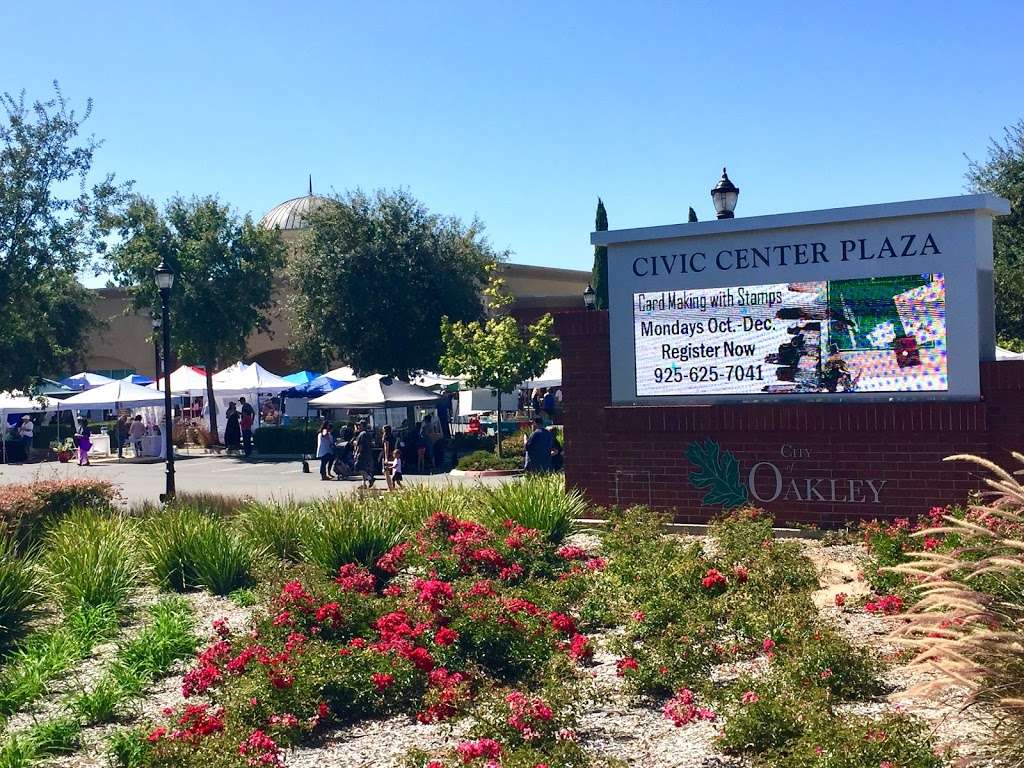Oakley is a city in Contra Costa County, California, United States. Take a look below for 15 awesome and fun facts about Oakley, California, United States.
1. It is within the nine-county San Francisco Bay Area.
2. The population at the 2020 United States Census was 43,991. Oakley was incorporated in 1999, making it the newest incorporated city in Contra Costa County.
3. The name “oak” comes from the abundance of oak trees, while the suffix “-ley” comes from the Old English word for “field” or “meadow”.
4. The name Oakley is of Old English origin and its meaning is “meadow of oak trees”. This aptly describes the area when first settled and to some extent even today. However, if not for the flip of a coin and cribbage board the community may have been named Dewey.
5. City founder Randolph Marsh wanted to name the city Dewey, after Admiral Dewey, in honor of Dewey’s success at Battle of Manila Bay during the Spanish–American War.
6. His friend J.T. Whightman preferred the name “Oakley” because the terrain was largely meadows and oaks. To determine which name would prevail they battled it out over a game of cribbage.
7. Marsh may have lost the game and the right to name the city but he ensured his immortality by choosing downtown street names whose first initials spelled “Marsh” — Main, Acme, Ruby, Star and Home.
8. Archeologists have found prehistoric sites in the Oakley area. One substantial shell mound was discovered early in the 20th century near what is now the eastern edge of town. The Northwest Information Center of the California Historical Resources Information System monitors the archeological investigations undertaken in Oakley.
9. Around three dozen such projects have been completed in the past 25 years, yielding only four prehistoric sites in the city. However, the information center believes there is a high possibility that other prehistoric sites remain within the city.
10. To enable further archaeological excavation, the site referred to as Simon Mound was purchased by the Archaeological Conservancy after many of the ancient settlement places had already been destroyed by urban encroachment.
11. Simone Mound has provided bones and fragments from burial sites starting around 1000 A.D. and is near a similar Conservancy preserve, the Hotchkiss Mound.
12. The first accounts of identifiable cultural community in the west delta are attributed to the Bay Miwoks, who occupied the region between 1100 and 1770 AD. The Bay Miwok people, usually called the Julpunes or Pulpunes by European explorers, were organized into “tribelets”—political units that included several fairly permanent villages and a set of seasonal campsites arrayed across a well-defined territory.
13. Incursions of the Spanish Empire into the Oakley area began in the 1770s. The first group to enter the present-day city limits was the De Anza expedition of 1775–76. However, after a failed attempt to find a route through the tule swamps to the Sierra, the De Anza expedition returned to Monterey. Subsequent expeditions by the Spanish did not result in colonization.
14. Europeans settled in the Delta in the 19th century, but were killed by malaria and smallpox.
15. The City of Oakley is a general-law city, as opposed to a charter city, formed under state legislative statutes and governed by a body of laws in the state Constitution. Oakley operates under a council-manager form of government.




